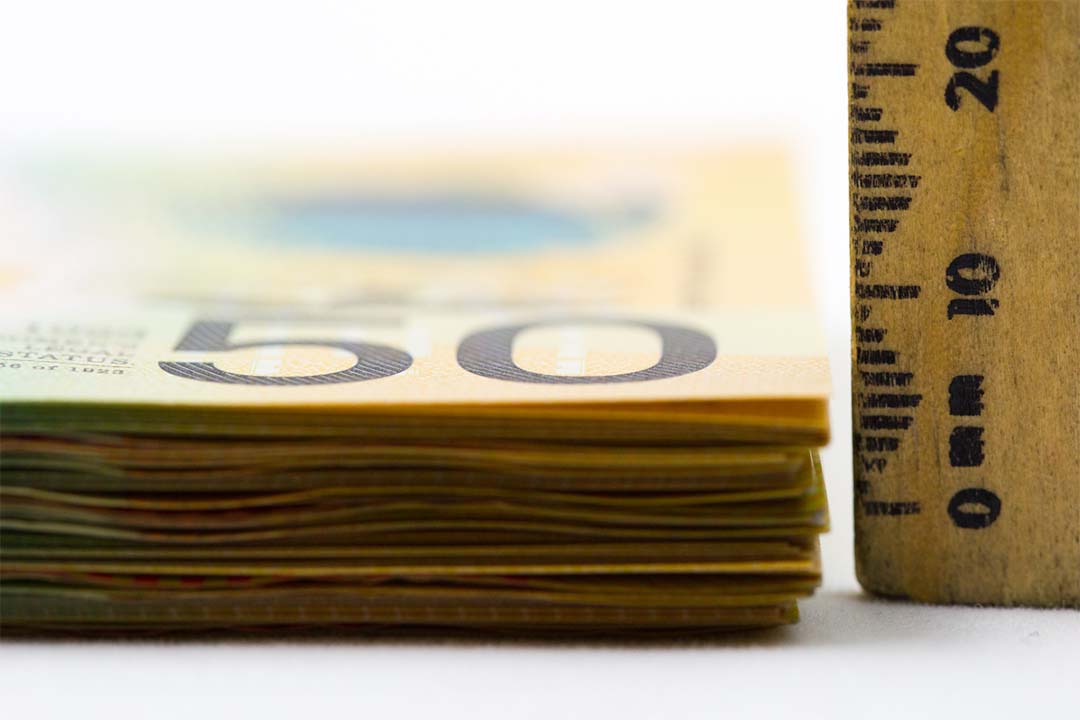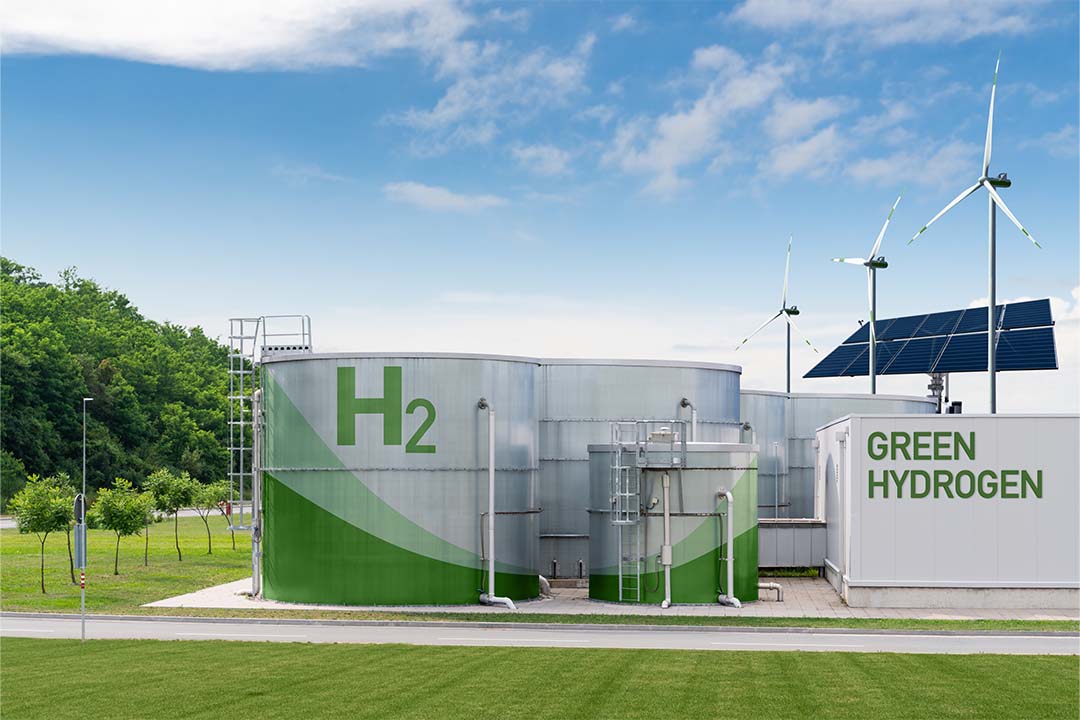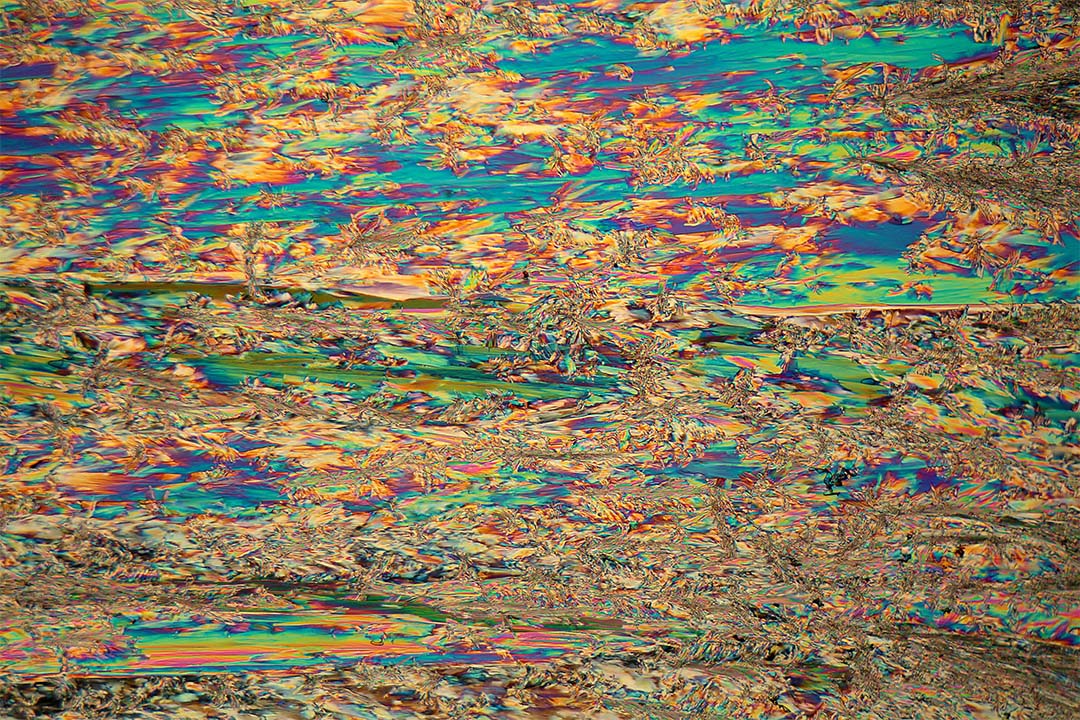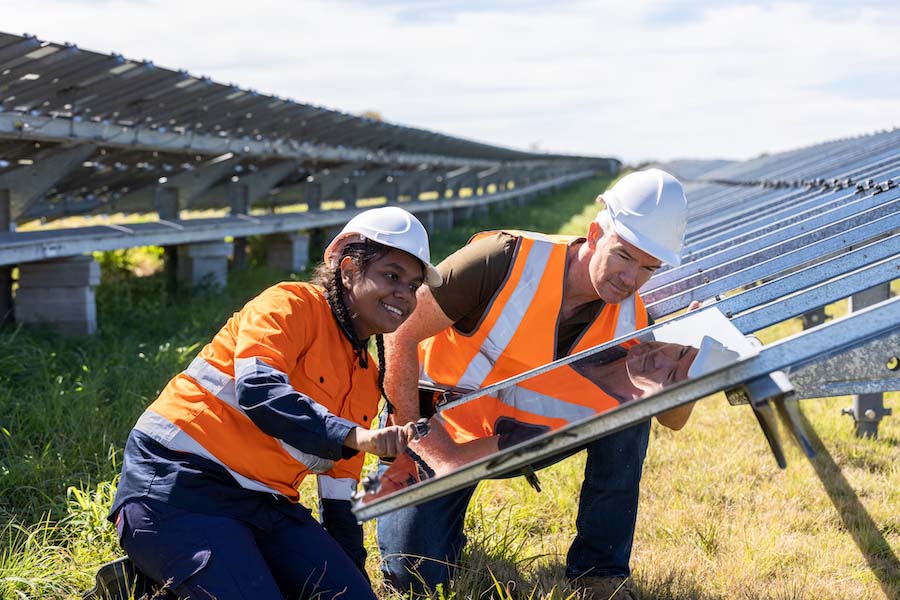May 15, 2024 by Mark Dingley
Australian Treasurer Jim Chalmers handed down the 2024-25 Federal Budget on Tuesday, 14 May.
The Treasurer touted the federal budget as being for “every Australian”, but is it for Australian manufacturers?
This article will delve into the Budget Papers and consider what the 2024-25 Federal Budget means for Australian manufacturers.

Along with the much-anticipated tax cuts, the revival of local manufacturing is the centrepiece of the government’s budget this year.
It’s all laid out in the Future Made in Australia plan.
Future Made in Australia aims to directly support Australian industry and innovation, particularly in battery production, solar energy, critical minerals and other products essential to transitioning to net-zero emissions.
The plan outlines $22.7 billion of spending on clean energy and strategic industries. Of that, $1.4b will be provided over the next decade to support the manufacturing of clean-energy technologies, such as developing local solar-manufacturing capabilities.
As Mr Chalmers said in his Budget speech, “Global energy transportation presents a golden opportunity for Australia.”
This plan intends to make the nation “an indispensable part of the global economy”.

A few winners of Future Made in Australia have already been announced, including:

Small businesses will be happy to hear the scheme has been extended for another year.
Businesses with a turnover of less than $10m will be immediately able to deduct the total cost of eligible assets costing less than $20,000 that are first used or installed for use by 30 June 2025.
The asset threshold applies per asset, meaning small businesses can instantly write off multiple items under the scheme.
As Mr Chalmers said, “We want Australian small businesses to share in the big opportunities ahead as well.”

With the rising energy costs, the Budget promises relief in the form of $325 rebates for around one million small businesses.
To modernise and digitise industries, a National Robotics Strategy will be released to promote the responsible production and adoption of robotics and automation technologies for advanced manufacturing in Australia. However, the Budget does not detail what this strategy will contain.
The Budget allocates $10.8 to deliver tailored, free, and confidential financial and mental well-being support for small business owners. It also includes $10m to provide additional support for small business employers administering the Paid Parental Leave scheme.
The government will invest $55.6m to establish the Building Women’s Careers program, which will support women’s participation in key industries, including clean energy and advanced manufacturing.
It will also expand eligibility to the New Energy Apprenticeships Program to include work in the clean energy sector, including advanced manufacturing. This will provide access to $10,000 incentive payments.

Australia recently celebrated 50 years of partnership with the Association of South-East Asian Nations (ASEAN), and this budget doubles down on the relationship by committing $505.9m to deepen ties with the region. This could spell good news for manufacturers looking to export to SE Asia.
The government is also expanding the Australia-India Business Exchange (AIBX) to diversify trade and help more Australian businesses build commercial ties with India and across South Asia. An additional $2m will also support Australian agricultural exporters entering Chinese markets.
Recognising that overseas trade is complex, the government will provide $29.9m to co-ordinate trade simplification and $10.9m to enhance the Go Global Toolkit to support exporters.
It’s too early to tell whether this year’s federal Budget will herald a new era for Australian manufacturers, but there’s no doubt that investments in renewable energy, lithium and critical minerals will impact Australia's future. Now, we'll just have to watch and see how it rolls out in practice.
